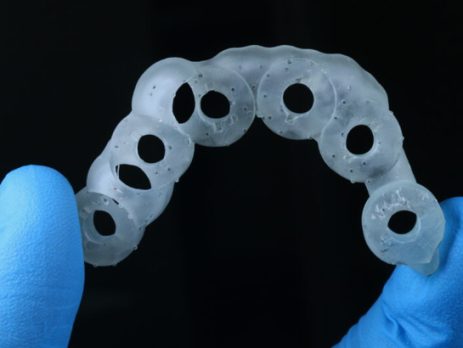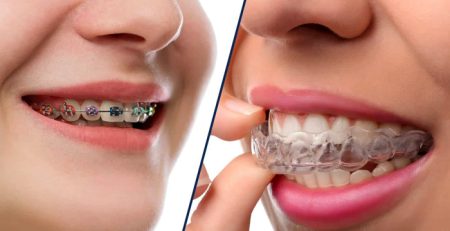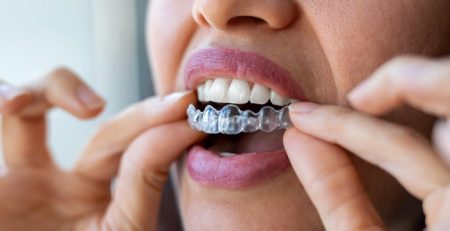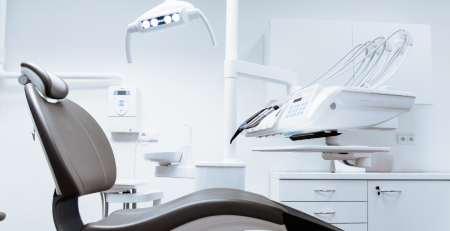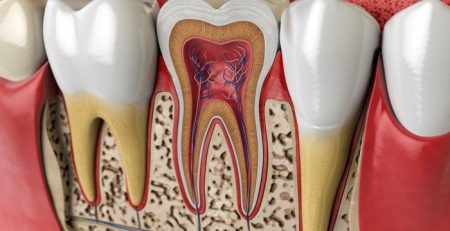Navigation-Guided Implant – Seamless Implant – A Comfortable Revolution in Implantology
Guided Implant – Stitch-Free Implant – A Comfortable Revolution in Implantology
A New Era in Implant Technology
Dental implants, the most reliable and permanent method for treating missing teeth, have become much more comfortable and faster to apply thanks to advancing technology. In recent years, the increasingly popular guided implant (stitch-free implant) method offers patients a minimally invasive treatment through computer-assisted surgical planning.
What Is a Guided Implant (Stitch-Free Implant)?
A guided implant is a stitch-free implant technique that allows the implant to be placed without incisions in the gum, using only a pinpoint application through computer-assisted surgical planning. Data obtained from tomography (CBCT) and 3D oral scanners are processed digitally, and the implant is placed at the ideal angle and position.
Main Features:
– No incisions, therefore no stitches
– Uses a 3D surgical guide
– Short procedure time (10–15 minutes)
– Significantly less swelling, pain, and bruising
How Is Guided Implant Applied?
A detailed digital analysis process is required before a stitch-free implant procedure. The process includes:
Digital Examination and Imaging
– Digital impressions are taken with an intraoral scanner
– CBCT tomography is used to assess bone density, nerves, and anatomical structures
Digital Planning
– Bone structure and tooth gap are evaluated digitally
– The optimal position, angle, and depth for implant placement are determined
Preparation of the Surgical Guide
– A surgical guide is created using a 3D printer
– This guide is placed in the patient’s mouth to ensure the implant screw is inserted precisely
Stitch-Free Implant Procedure
– A small hole is drilled for the implant screw without cutting the gum
– The implant is placed into the bone using the guide
– Bleeding, pain, and swelling are minimal
Advantages of Guided Implants
✅ **No Surgical Incision or Stitches:**
The implant is placed without opening the gum, offering major benefits in both aesthetics and healing.
✅ **Fast and Painless Procedure:**
The procedure takes about 10–15 minutes, and patients can usually return to daily life immediately.
✅ **Accurate and Safe Placement:**
3D planning prevents damage to nerves, sinus cavities, and other anatomical structures.
✅ **Minimal Swelling, Bruising, and Bleeding:**
Tissue trauma is minimal, so pain and complaints are rare.
✅ **Compatible with Prosthetic Planning:**
Implants can be placed in the ideal aesthetic position, enhancing both appearance and function.
Who Is a Good Candidate for Guided Implants?
– Individuals with sufficient bone structure
– Patients with high aesthetic expectations (especially for front teeth)
– People in good general health without systemic diseases
– Patients who fear surgery or want a shorter recovery
– Elderly individuals or diabetic patients (due to reduced trauma)
Disadvantages and Limitations of Guided Implants
Higher cost: Due to 3D scanning, tomography, and surgical guide production, it is more expensive than traditional methods.
Not suitable for insufficient bone: In cases requiring bone grafts, traditional surgery may be necessary.
Not available in every clinic: Requires advanced technology and specialized equipment.
Planning takes time: Although the procedure is quick, the planning phase can be lengthy.
Post-Procedure Care for Guided Implants
– Avoid hot food and drinks for the first 24 hours
– Do not rinse the mouth excessively
– Avoid smoking and alcohol
– Take antibiotics and painkillers as prescribed
– Prefer soft foods
– Attend all follow-up appointments as advised by your dentist
Guided (stitch-free) implant technology represents the cutting edge of digital dentistry. It’s an excellent solution for patients with aesthetic concerns, those who fear surgery, or anyone wanting to return to daily life quickly.
How long does a guided implant procedure take?
A single-tooth procedure can be completed in 10–15 minutes.
Is this method painful?
No. Since no incision is made, the process is generally painless and free of swelling.
Is its durability different from traditional implants?
No. The same implants are used — only the application technique differs.
Can it be applied in every clinic?
No. It requires advanced technology such as CBCT, 3D printers, and digital planning systems.

